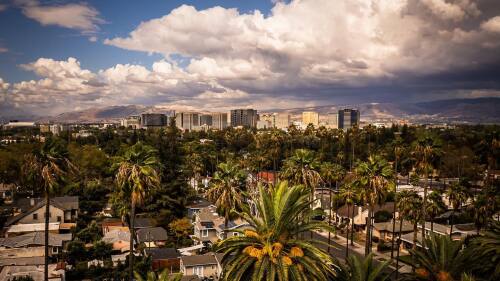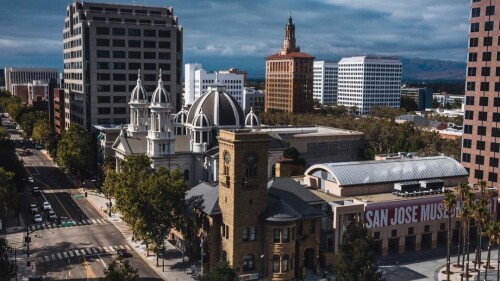Okay, we know that Sacramento is California’s official state capital, but what would our city look like if San Jose had remained our state’s capital?
That’s right, about 174 years ago, the California Supreme Court issued a decision that our great 408 would be the legal state capital. How did that happen? How did we get here? Let’s learn how San Jose was the state capital... that wasn’t.
✊ An early leader
This story begins with a pioneer named James Reed — remember him? Following his fateful journey out west in 1846 with the Donner-Reed Party, he landed in the North Bay.
However, it wasn’t long until he realized that Santa Clara Valley was where he needed to be. Having come from a farming background in Illinois, James knew fertile land when he saw it, and quickly envisioned the thriving city that San Jose could be.
📜 The push for center stage
As James became involved in early San Jose politics, he set off to campaign for it to be California’s capital prior to the Constitutional Convention in 1849.
Other cities like San Luis Obispo, San Francisco, Santa Barbara, and Benicia were also contenders — but James drove it home at the convention by promising a capitol building to be built by December 1849, to house the first Legislature.
The bold move convinced the convention, who officially declared San Jose the state capital.
James had triumphed, and the first Legislature convened in a two-story adobe hotel — where the Signia by Hilton Hotel now sits.
🏛️ A short stay
Unfortunately, legislators were not looking at the San Jose that we see today.
Dissatisfied with the town’s lack of development, legislators looked to General Mariano Vallejo who offered 150+ acres and $300,000 in cash to house state offices ~70 miles north. In the fall of 1851, San Jose was de-throned and Vallejo officially became the next state capital in January 1852.
Our reign as the Golden State’s capital may have only lasted ~3 years, but we still shine as the Capital of Silicon Valley.












